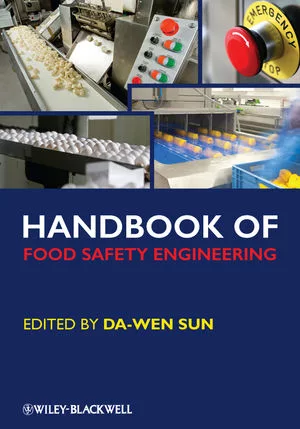Minnesota Poised to Ban Nearly All Uses of PFAS

Image credit: Cooker King via Unsplash
Minnesota is poised to pass legislation that will ban nearly all uses of per- and polyfluoroalkyl substances (PFAS) in the state. If passed, the rule would code new law in the Minnesota Statutes.
PFAS, also known as “forever chemicals” have been subject to increasing scrutiny due to their indefinite persistence in the environment and human body, and their associated harms to human health. The chemicals are widely used in food-contact materials such as nonstick pans and packaging, and human dietary exposure to the substances are a concern.
The ban would prohibit the sale and distribution of products containing intentionally added PFAS in Minnesota, barring a few exceptions, beginning January 1, 2025.
The proposed ban has been named “Amara’s Law” after Amara Strande, who passed away on April 14, 2023 at the age of 20 from a rare incurable liver cancer, which she contracted at the age of 15 due to PFAS exposure through contaminated water. The ban would allow very few exceptions for essential uses of PFAS, such as firefighting foam and in protective clothing for firefighters.
The ban would be included in a broader environment and natural resources bill, the details of which the Minnesota House and Senate committee are negotiating. The committee has agreed to the PFAS language that will be included, and Minnesota Governor Tim Walz has expressed his support for the ban and expected to sign it after the final package is completed.
Similar laws have been passed in California and Maine, but California’s does not ban the use of PFAS in pots and pans, and Maine’s has a longer grace period for companies to phase out the use of PFAS.
Recognizing the harm of the chemicals, some large corporations—such as Chick-Fil-A, Restauraunt Brands International, and 3M—have pledged to voluntarily end their use. Additionally, the EU recently set limits for PFAS in certain foods, and the U.S. Environmental Protection Agency (EPA) and the World Health Organization (WHO) have set their sights on controlling PFAS in drinking water, with EPA declaring certain PFAS as contaminants.
Looking for quick answers on food safety topics?
Try Ask FSM, our new smart AI search tool.
Ask FSM →









